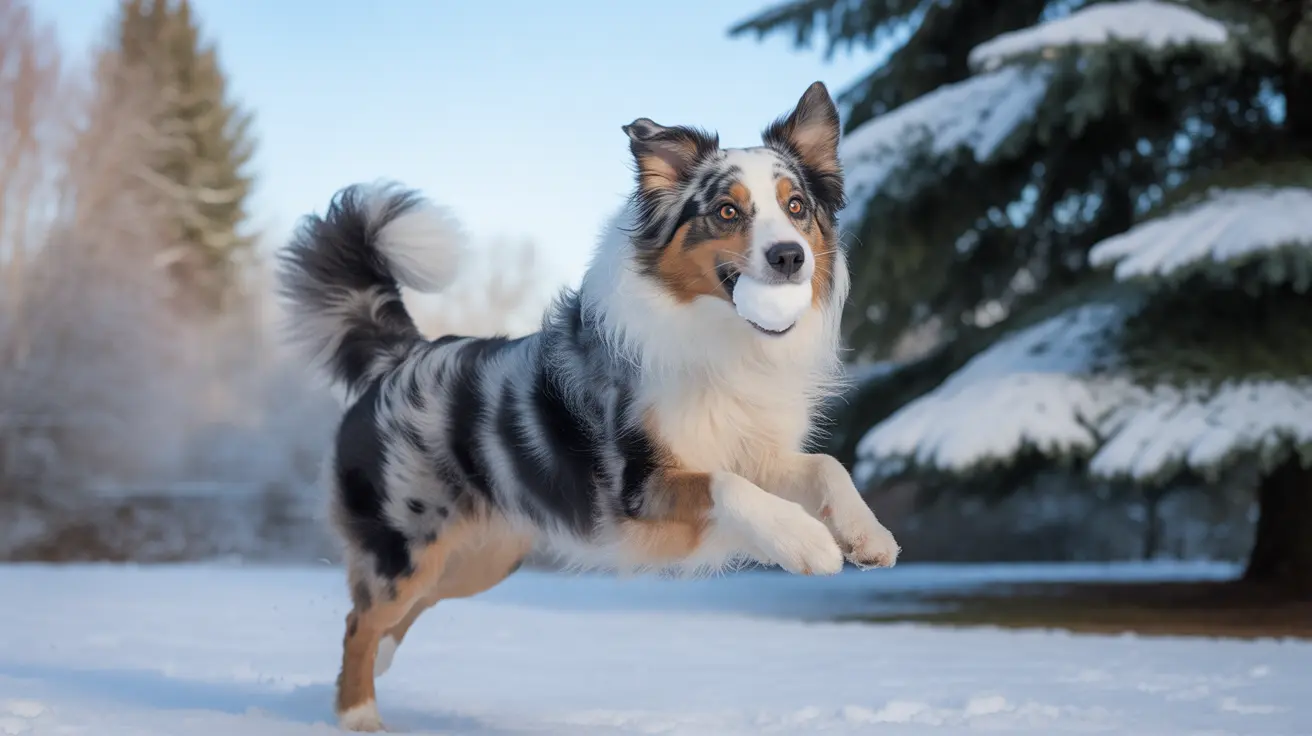The Clay Center Zoo is turning post-Halloween waste into wonderful animal treats by accepting leftover pumpkin donations from the community. This innovative pumpkin donation for zoo animals initiative transforms discarded Halloween decorations into valuable enrichment opportunities while supporting environmental sustainability efforts.
Pet owners and community members looking for creative ways to dispose of their uncarved pumpkins can now contribute to animal welfare while reducing landfill waste. The program demonstrates how simple community partnerships can benefit both wildlife conservation and environmental stewardship.
Benefits of Pumpkins for Animals
Pumpkins offer numerous advantages for zoo animals beyond simple nutrition. These orange gourds provide essential vitamins, fiber, and natural enrichment that stimulates animals' physical and mental well-being. The act of manipulating, rolling, and consuming pumpkins encourages natural foraging behaviors that many captive animals miss in traditional feeding routines.
Zoo animals particularly benefit from the interactive nature of pumpkin enrichment. Staff members often carve holes in donated pumpkins and hide treats inside, creating puzzle feeders that challenge animals to work for their rewards. This type of environmental enrichment reduces stress and boredom while promoting healthy activity levels.
Pumpkin Donation Guidelines
The Clay Center Zoo pumpkin program accepts only specific types of pumpkins to ensure animal safety. Donated pumpkins must be uncarved, unpainted, and free from mold or chemical treatments. These requirements protect animals from potentially harmful substances while maintaining the nutritional value of the treats.
Community members should inspect their leftover Halloween pumpkins carefully before donation. Pumpkins showing signs of rot, artificial decorations, or chemical treatments cannot be accepted. Fresh, whole pumpkins provide the safest and most beneficial enrichment for zoo residents.
Animals That Enjoy Pumpkin Treats
Various zoo species benefit from pumpkin donations, including bears, primates, and hoofed animals. Bears particularly enjoy the challenge of breaking open tough pumpkin shells, while primates use their dexterous hands to manipulate and explore the textured surfaces. Large cats may bat at smaller pumpkins, engaging their natural hunting instincts through play.
Each animal species interacts with pumpkins differently, creating diverse enrichment opportunities from a single donation. Elephants might use their trunks to toss pumpkins around, while smaller mammals may gnaw through the shells to reach the nutritious flesh inside. This versatility makes pumpkins excellent multi-purpose enrichment tools.
Sustainable Pumpkin Disposal Through Zoo Programs
Post-Halloween pumpkin recycling through zoo donation programs addresses significant environmental concerns. Millions of pumpkins end up in landfills each November, where they decompose anaerobically and release methane, a potent greenhouse gas. Redirecting these organic materials to beneficial uses supports both wildlife welfare and climate protection efforts.
Community pumpkin donation drives like the Clay Center Zoo's initiative demonstrate practical sustainability solutions. Rather than contributing to waste streams, leftover pumpkins become valuable resources that serve educational and conservation purposes while reducing environmental impact.
Zoo Pumpkin Drop Off Process
The Clay Center Zoo typically provides specific drop-off locations and timing information through their official social media channels and website. Most zoo pumpkin programs operate for limited periods following Halloween to ensure freshness and maximize animal benefit. Community members should check current guidelines before making donations.
Proper coordination between donors and zoo staff ensures efficient processing of donated materials. Many facilities request advance notice for large donations or provide designated collection areas to streamline the process while maintaining safety protocols.
Animal Enrichment Ideas Beyond Pumpkins
While pumpkins provide excellent seasonal enrichment, zoo animals benefit from year-round environmental stimulation. Simple enrichment activities include hiding food in various containers, providing different textures for exploration, and creating opportunities for natural behaviors like digging or climbing.
Pet owners can apply similar enrichment principles at home by offering safe, interactive feeding opportunities and environmental variety. The same principles that make pumpkin donation successful at zoos—safety, novelty, and behavioral stimulation—apply to domestic animal care.
Frequently Asked Questions
- Can I donate my leftover Halloween pumpkin to the Clay Center Zoo, and what are the requirements? You can donate uncarved, non-moldy, and unpainted pumpkins that are free from chemicals or spoilage to the Clay Center Zoo for animal treats and enrichment.
- How do zoos like the Clay Center Zoo use donated pumpkins for animal enrichment? Zoos often use pumpkins by carving holes, hiding food inside, or encouraging animals to roll and play with them to stimulate natural foraging and physical activity.
- Which types of animals at the Clay Center Zoo typically eat or interact with donated pumpkins? Animals such as bears, primates, hoofed animals, and big cats commonly enjoy eating pumpkins or using them as enrichment toys.
- Why is donating pumpkins to zoos considered better for the environment than throwing them away? Donating pumpkins diverts organic waste from landfills, reducing methane emissions and supporting sustainability efforts.
- Are there specific drop-off locations and times for pumpkin donations at zoos, and how can I find this information? Most zoos, including the Clay Center Zoo, provide designated drop-off points and specific timing for pumpkin donations on their websites or social media channels.
Supporting Wildlife Through Community Action
The Clay Center Zoo's pumpkin donation program exemplifies how simple community actions create meaningful impacts for animal welfare and environmental sustainability. By transforming seasonal waste into valuable enrichment resources, this initiative demonstrates the power of creative problem-solving in conservation efforts.
Community members interested in supporting similar programs should connect with local zoos and wildlife facilities to learn about donation opportunities. These partnerships strengthen the bond between communities and conservation organizations while providing practical benefits for both animals and the environment.






